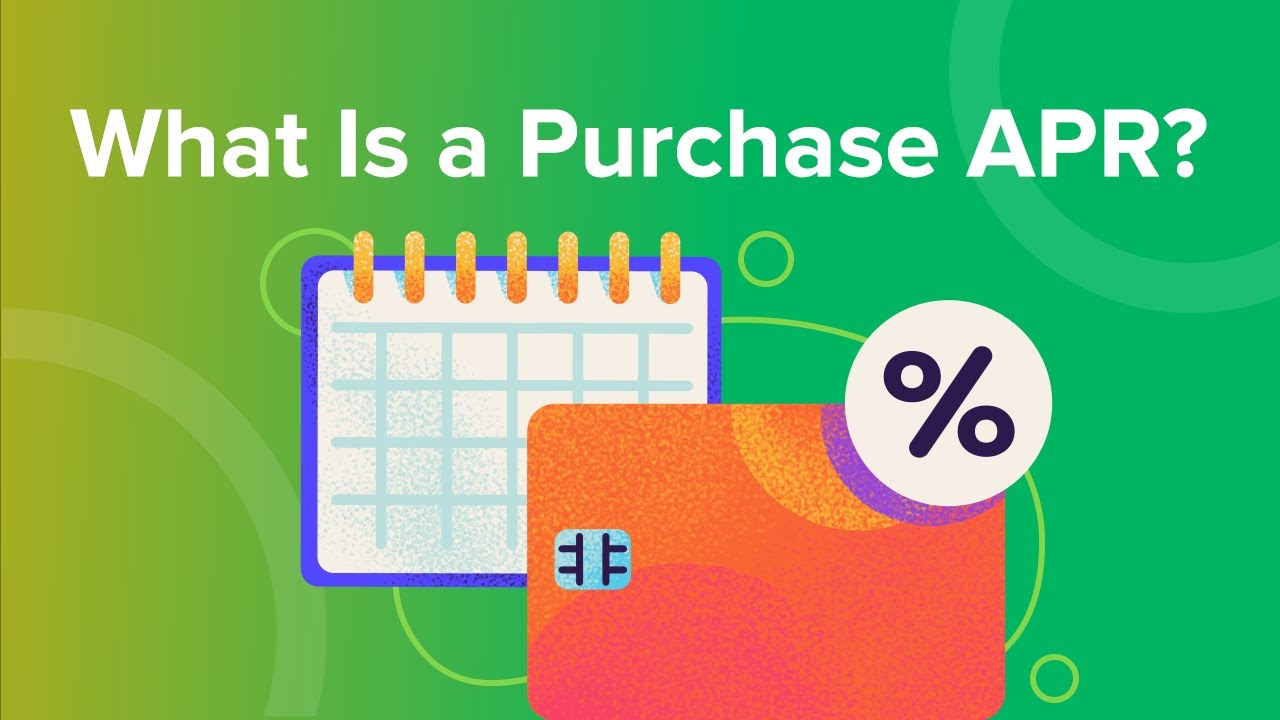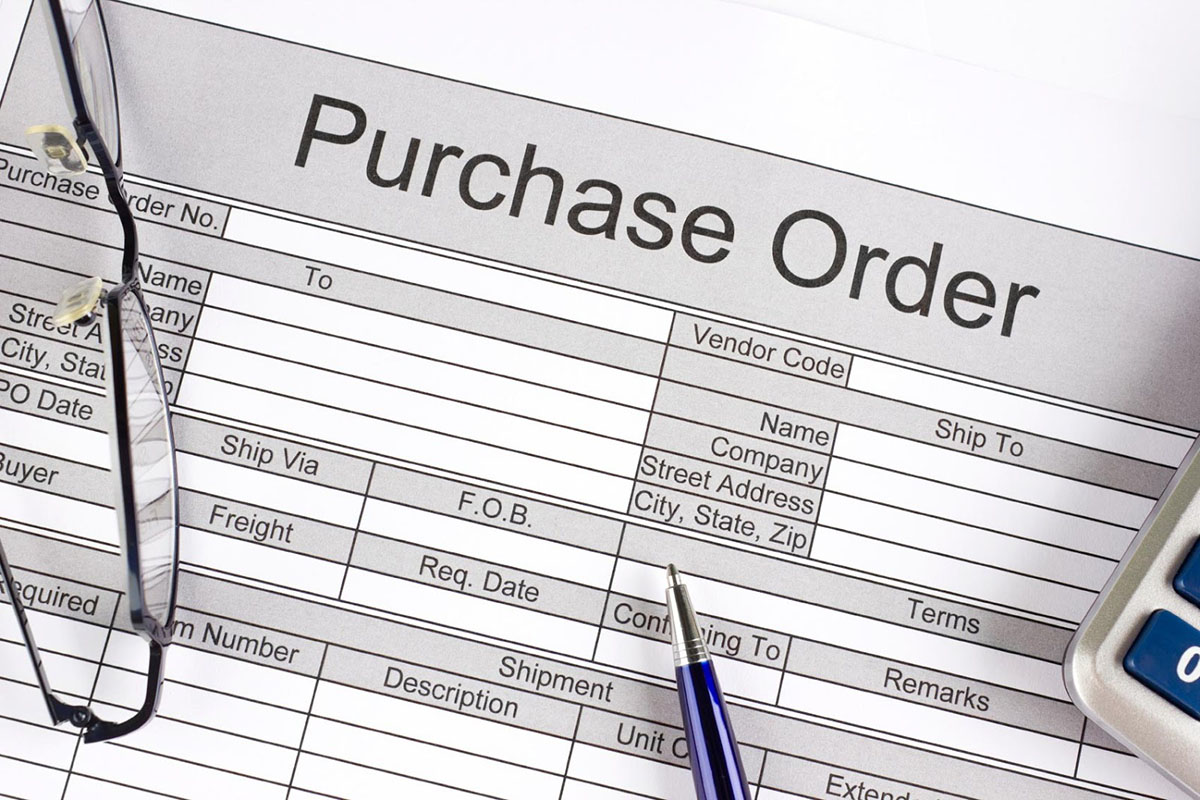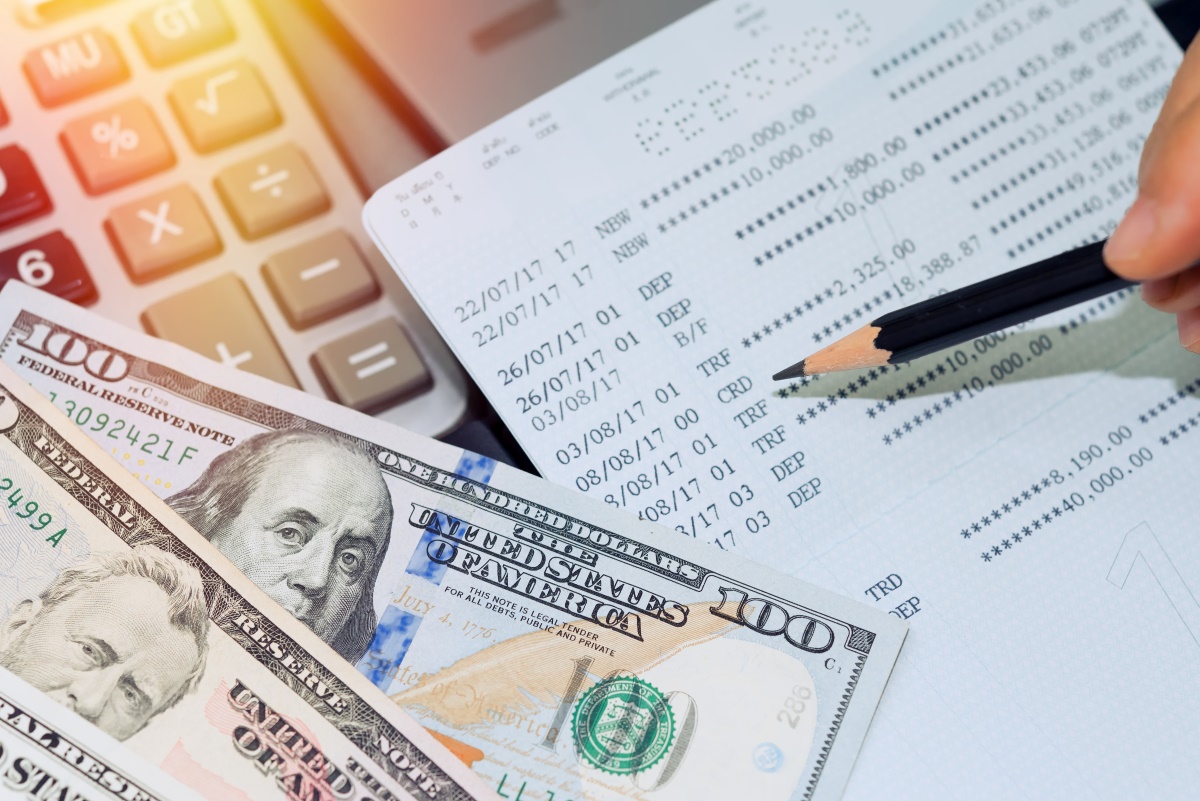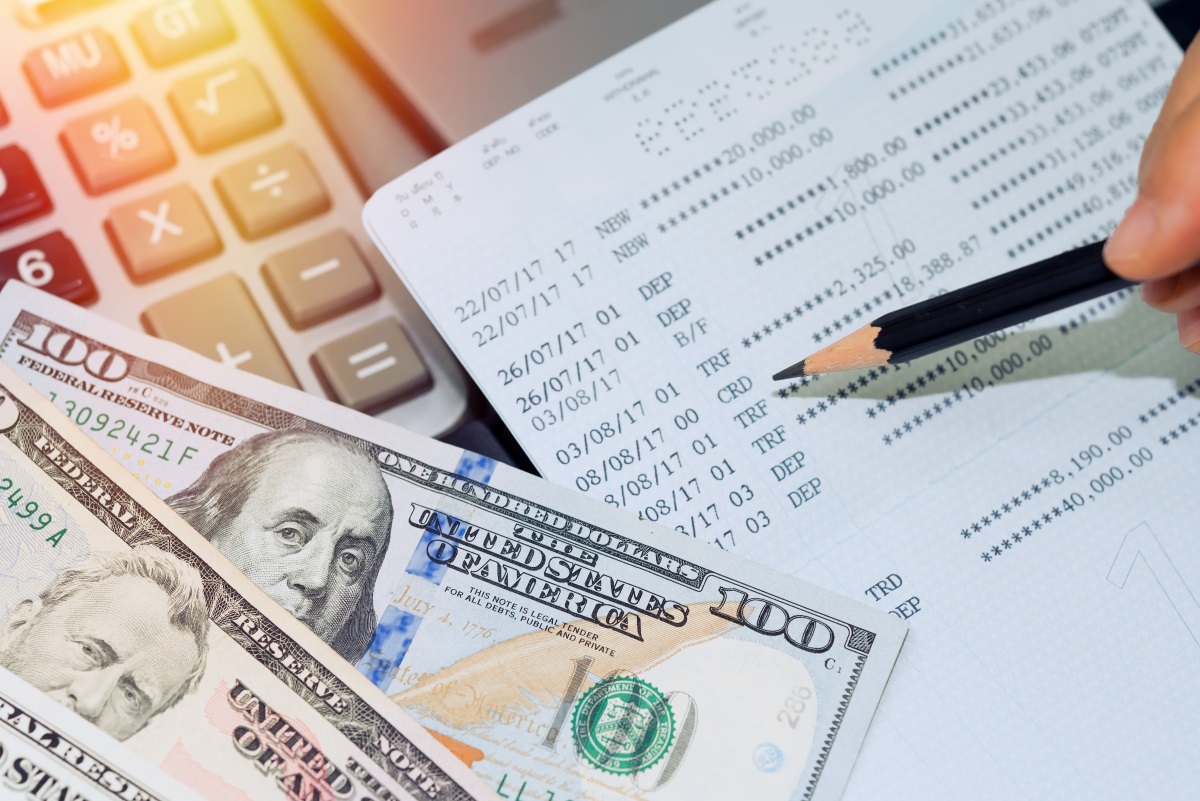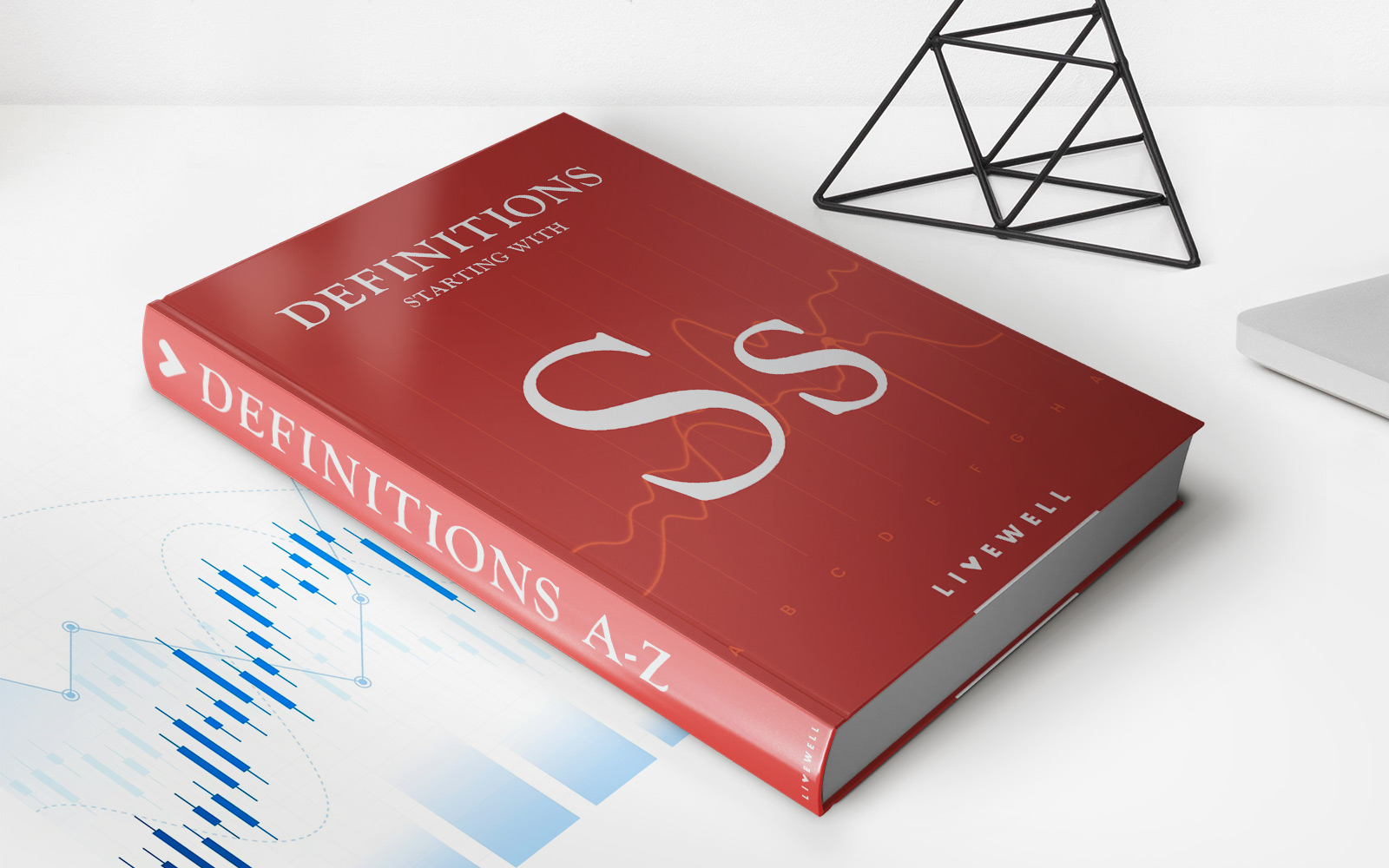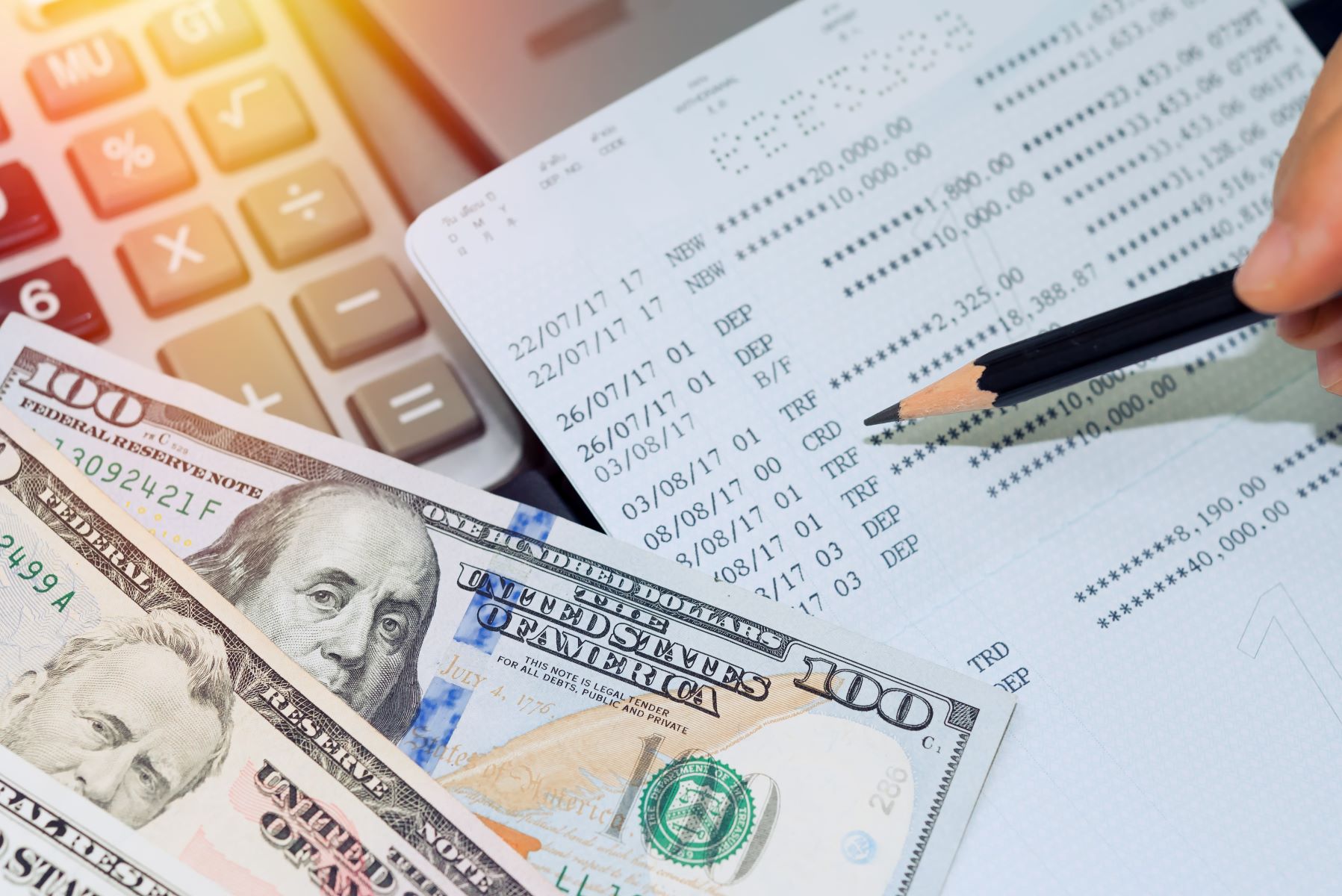

Finance
What Is A Purchase Adjustment On A Credit Card
Published: October 25, 2023
Discover what a purchase adjustment on a credit card entails and how it affects your finances. Gain clarity on this financial term and its impact on your credit card transactions.
(Many of the links in this article redirect to a specific reviewed product. Your purchase of these products through affiliate links helps to generate commission for LiveWell, at no extra cost. Learn more)
Table of Contents
Introduction
Welcome to the world of credit cards, where convenience and financial flexibility meet. When you use a credit card for purchases, you expect a smooth and straightforward transaction. However, sometimes unexpected adjustments can occur. One such adjustment is known as a purchase adjustment.
A purchase adjustment refers to a modification made to a credit card transaction. It can affect the amount charged to your card or impact the rewards or benefits associated with the purchase. Understanding purchase adjustments is crucial for managing your credit card statements effectively and avoiding any surprises.
In this article, we’ll delve into the world of purchase adjustments on credit cards. We’ll explore what purchase adjustments are, the common types you may encounter, the reasons behind them, how they affect your credit card statements, and steps to resolve them. We’ll also provide practical tips to help you avoid purchase adjustments in the future.
So, if you’re ready to unlock the mysteries of purchase adjustments, let’s dive in!
Definition of Purchase Adjustment
A purchase adjustment, also known as a transaction adjustment, is a modification made to a credit card transaction after it has been processed. It can involve changing the purchase amount, adjusting the rewards or benefits associated with the transaction, or altering the transaction details. These adjustments can be made by the credit card issuer, the merchant, or in some cases, at the cardholder’s request.
When a purchase adjustment occurs, it is reflected in the credit card statement as an amendment or correction to the original transaction. This adjustment can result in either an increased or decreased amount charged to your credit card, or a change in the rewards or benefits you may have received.
There are several reasons why a purchase adjustment may occur, including errors in processing, fraudulent activities, disputes, or changes in the terms and conditions of the transaction. Understanding the different types of purchase adjustments and the impact they have on your credit card statements is essential for effectively managing your finances and resolving any discrepancies.
Now, let’s explore the common types of purchase adjustments you may encounter when using your credit card.
Common Types of Purchase Adjustments
There are several types of purchase adjustments that can occur on credit card transactions. These adjustments can vary in nature and can affect different aspects of the transaction. Here are some common types of purchase adjustments you may come across:
- Refunds: A refund is a type of purchase adjustment where the merchant reverses a charge and returns the funds to your credit card account. This can happen when you return a product or cancel a service.
- Chargebacks: A chargeback occurs when you dispute a charge on your credit card statement by contacting your credit card issuer. The issuer then investigates the dispute and may reverse the transaction if they find it to be valid. Chargebacks can happen due to various reasons, such as fraud, merchant misconduct, or non-receipt of goods or services.
- Price Adjustments: Price adjustments, also known as price protection, occur when a merchant reduces the price of a product or service shortly after you make a purchase. Some credit cards offer price protection benefits that allow you to claim a refund for the price difference.
- Merchant Credits: Sometimes, a merchant may issue a credit to your credit card account as compensation for a mistake or inconvenience. This could be due to a billing error, a service disruption, or other issues caused by the merchant.
- Bonus Point Adjustments: If you earn rewards points or cashback on your credit card, adjustments to these rewards may occur. This can happen if there are discrepancies in the calculation of rewards, changes in the rewards program, or modifications to the terms and conditions.
- Foreign Transaction Adjustments: When you make a purchase in a foreign currency, your credit card may apply a conversion rate to calculate the amount in your local currency. Sometimes, there can be discrepancies in the exchange rate or additional fees associated with foreign transactions, leading to adjustments on your credit card statement.
These are just a few examples of common purchase adjustments that can occur on credit card transactions. It’s important to review your credit card statements regularly to identify any adjustments and ensure they are accurate and valid.
Next, we’ll explore the reasons behind purchase adjustments and how they can affect your credit card statements.
Reasons for Purchase Adjustments
Purchase adjustments can occur for various reasons, ranging from errors and disputes to changes in terms and conditions. Understanding these reasons can help you better navigate credit card transactions and manage any adjustments that may arise. Here are some common reasons for purchase adjustments:
- Processing Errors: Mistakes can happen during the processing of credit card transactions. This can include errors in entering the purchase amount, incorrect coding of the transaction, or technical glitches in the payment system. In such cases, a purchase adjustment may be necessary to rectify the error and ensure the accurate amount is charged to your credit card.
- Fraudulent Activities: Purchase adjustments can also occur due to fraudulent activities. If unauthorized charges are made on your credit card, you should report them to your card issuer immediately. The issuer will investigate the charges and may make adjustments to your account to reverse any fraudulent transactions.
- Disputes: Disputes between cardholders and merchants can lead to purchase adjustments. This can happen if you are dissatisfied with a product or service and seek a refund or if there is a disagreement over the terms and conditions of the transaction. The credit card issuer may initiate an investigation and make adjustments based on the outcome of the dispute.
- Changes in Terms and Conditions: Sometimes, purchase adjustments occur due to changes in the terms and conditions of a transaction. This can include alterations in pricing, rewards programs, or other contractual obligations. If the terms and conditions of a transaction are modified, the credit card issuer may adjust the transaction accordingly.
- Authorization Holds: When you use your credit card for certain transactions, such as hotel reservations or car rentals, the merchant may place an authorization hold on your account. This hold temporarily reduces your available credit limit until the transaction is finalized. If there are changes or cancellations to these transactions, a purchase adjustment may be necessary to release the hold and adjust the amount charged to your credit card.
These are some of the common reasons for purchase adjustments on credit card transactions. It’s essential to stay vigilant, review your credit card statements regularly, and reach out to your credit card issuer or the merchant if you notice any discrepancies or need clarification on purchase adjustments.
Next, let’s explore how purchase adjustments can impact your credit card statements and what you need to know about managing them effectively.
How Purchase Adjustments Affect Credit Card Statements
Purchase adjustments can have a significant impact on your credit card statements. They can alter the amount charged to your credit card, modify the rewards or benefits you receive, and affect the overall accuracy of your statement. Here are a few key points to understand about how purchase adjustments can impact your credit card statements:
Amount Charged: One of the primary ways purchase adjustments affect your credit card statements is by changing the amount charged to your card. For example, if a refund is issued for a returned product, the original purchase amount is adjusted, and the refunded amount is credited back to your credit card account. Similarly, if you initiate a chargeback, the disputed amount may be deducted from your statement.
Available Credit: Purchase adjustments can also impact your available credit. If there are authorization holds on your account, adjustments to these transactions can temporarily increase your available credit limit as the hold is released. This can be beneficial if you need to make additional purchases with your credit card.
Rewards and Benefits: Purchase adjustments can result in changes to the rewards or benefits associated with a transaction. For example, if you earned cashback or rewards points on a purchase that is later adjusted or refunded, the rewards you received may be reversed or modified accordingly. It’s important to review your credit card statement to ensure the rewards and benefits you expect are accurately reflected.
Statement Accuracy: Purchase adjustments can impact the overall accuracy of your credit card statement. If adjustments are not properly reflected or if there are errors in the adjustment process, it can lead to discrepancies in your statement. It’s crucial to carefully review your statement each month to identify any errors or inconsistencies and report them to your credit card issuer promptly.
Managing purchase adjustments on your credit card statements requires attention to detail and regular monitoring. By staying informed about the adjustments and verifying their accuracy, you can ensure the integrity of your credit card statements and maintain control over your finances.
Now that we understand how purchase adjustments impact credit card statements, let’s explore the steps you can take to resolve any purchase adjustments you encounter.
Steps to Resolve Purchase Adjustments
Encountering a purchase adjustment on your credit card statement can be confusing or concerning. However, with the right approach, you can effectively resolve the issue and ensure that your statement reflects accurate information. Here are the steps you can take to resolve purchase adjustments:
- Review Your Statement: Carefully review your credit card statement to identify any purchase adjustments. Make note of the adjustments, including the transaction details and the reason for the adjustment.
- Contact the Merchant: If you notice a purchase adjustment that you believe to be incorrect or unauthorized, contact the merchant directly to discuss the issue. Provide them with the necessary information and request clarification or a resolution.
- Reach Out to Your Credit Card Issuer: If you are unable to resolve the issue with the merchant or believe there has been an error, contact your credit card issuer. Explain the situation, provide any necessary documentation or evidence, and request their assistance in resolving the purchase adjustment.
- Dispute the Charge if Necessary: If the purchase adjustment is a result of fraudulent activity, unauthorized charges, or a dispute with the merchant, you may need to formally dispute the charge with your credit card issuer. Follow their specific procedures for filing a dispute and provide any supporting documentation or details.
- Follow Up and Track Progress: Stay in communication with both the merchant and your credit card issuer to track the progress of the purchase adjustment resolution. Keep records of all conversations, emails, and documentation related to the dispute.
- Monitor Your Statement: After taking steps to resolve the purchase adjustment, continue to monitor your credit card statements to ensure the adjustment has been accurately reflected. If there are any discrepancies or further issues, follow up with your credit card issuer or the merchant accordingly.
Resolving purchase adjustments may require some time and effort, but it is essential to maintain the accuracy and integrity of your credit card statements. By being proactive and communicating with both the merchant and your credit card issuer, you can work towards a satisfactory resolution.
Now, let’s explore some tips to help you avoid purchase adjustments in the future.
Tips to Avoid Purchase Adjustments
While purchase adjustments can sometimes be unavoidable, there are steps you can take to minimize the chances of encountering them. By being proactive and mindful of your credit card transactions, you can reduce the likelihood of having to deal with purchase adjustments. Here are some helpful tips to avoid purchase adjustments:
- Double Check Your Transactions: Before finalizing a purchase, review the transaction details, including the amount, items purchased, and any additional charges or fees. Ensure that everything is correct before proceeding with the transaction.
- Keep Receipts: Save and organize your receipts for all credit card purchases. This can serve as evidence in case you need to verify a transaction or dispute a charge in the future.
- Read and Understand the Terms: Familiarize yourself with the terms and conditions of your credit card, as well as any specific terms related to a merchant or rewards program. This will help you understand your rights, responsibilities, and potential risks associated with transactions.
- Keep Track of Authorization Holds: If you make transactions that involve authorization holds, such as hotel reservations or car rentals, be mindful of the holds and how they may impact your available credit. Keep track of the holds and ensure they are released properly once the transaction is completed or canceled.
- Regularly Monitor Your Statements: Consistently review your credit card statements to ensure that all transactions and adjustments are accurate and valid. Report any discrepancies or unauthorized charges to your credit card issuer immediately.
- Secure Your Credit Card Information: Protect your credit card information by using secure websites for online purchases, safeguarding your physical card, and being cautious of sharing sensitive information. This can help prevent fraudulent activities and unauthorized charges.
- Communicate with the Merchant: If you have any questions or concerns about a purchase or any potential adjustments, don’t hesitate to reach out to the merchant. Clear communication can help resolve issues before they escalate into purchase adjustments.
By implementing these tips and maintaining an organized and vigilant approach to your credit card transactions, you can minimize the occurrence of purchase adjustments. Remember, being proactive and attentive is key to a smooth and hassle-free credit card experience.
Now, let’s wrap up our discussion on purchase adjustments.
Conclusion
Understanding purchase adjustments is essential for effectively managing your credit card transactions. Whether it’s refund adjustments, chargebacks, price adjustments, or other types of modifications, being aware of the impact they can have on your credit card statements is crucial.
In this article, we explored the definition of purchase adjustments and the common types you may encounter. We discussed the reasons behind purchase adjustments, such as processing errors, fraudulent activities, disputes, and changes in terms and conditions.
We also learned how purchase adjustments can affect your credit card statements, including changes to the amount charged, modifications to rewards and benefits, and influence on statement accuracy. Additionally, we discussed the steps you can take to resolve purchase adjustments, such as reviewing your statement, contacting the merchant or credit card issuer, and disputing charges if necessary.
To avoid purchase adjustments, it’s recommended to double-check your transactions, keep receipts, read and understand the terms, monitor your statements regularly, secure your credit card information, and communicate with the merchant when needed.
By following these tips and staying informed, you can navigate credit card transactions with confidence and minimize any inconvenience caused by purchase adjustments.
Remember, staying proactive and vigilant is key to maintaining control over your credit card finances. By understanding purchase adjustments and taking the necessary steps to resolve any discrepancies, you can ensure the accuracy of your credit card statements and enjoy a seamless credit card experience.
Now that you have a better understanding of purchase adjustments, go forth and make informed choices when using your credit card!
